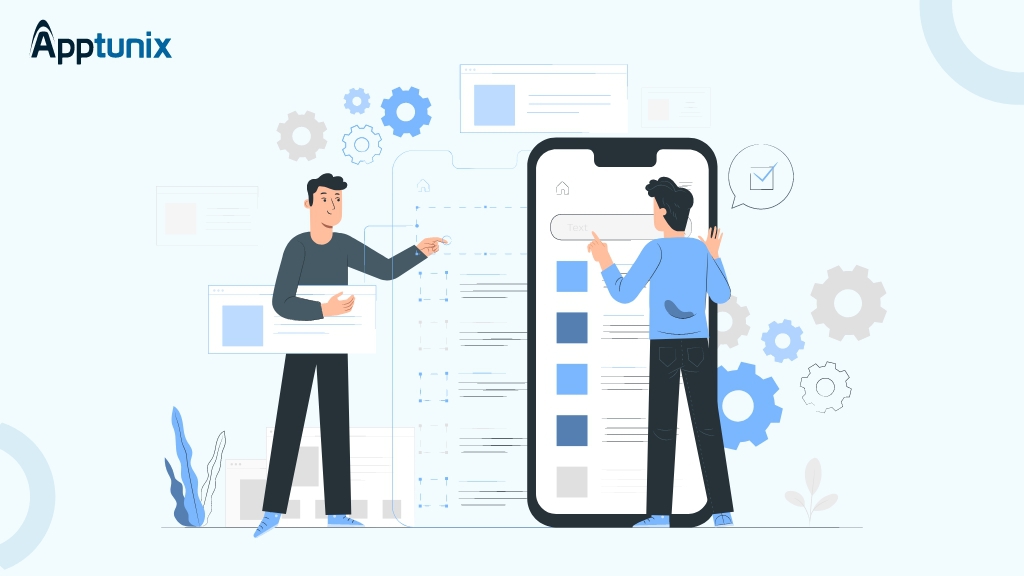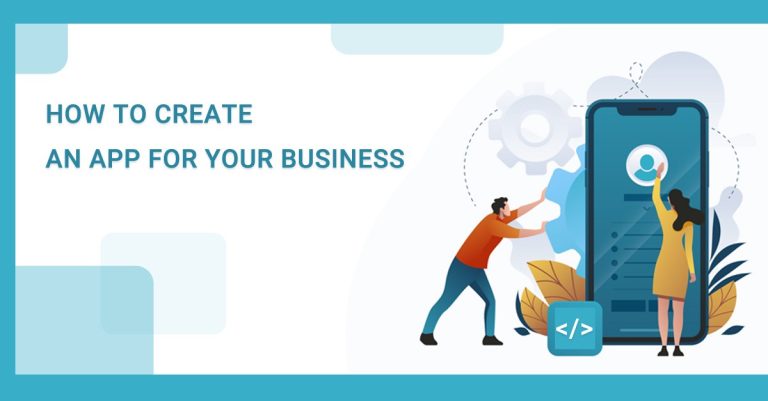Because smartphones have eclipsed desktops as the most common devices, organizations must accelerate the mobile application adoption plan. Indeed, by developing a custom mobile app, your company will gain a significant Exposure to billions of mobile consumers worldwide provides a competitive edge in the industry. Let’s take a glance at the roadmap for mobile app development.
Undoubtedly, each mobile app development roadmap has a unique strategy that business owners and developers should examine before launching an app.

The Plan for Mobile App Development Serves Numerous Purposes:
To make internal product work easier. In other words, the serves as a link between the broad concept of an app and the desired business goals by laying out a clear plan for achieving these objectives.
To improve communication with outside stakeholders. This applies to all investors, contractors, and end-users participating in the development process.
For make the product’s strategy and vision understandable to the audience of the roadmap.
To permit the display of product changes and advancements in accordance with market demands.
To priorities specific development units and set timetables for them.
1. How to Make an iOS App
Despite losing the majority of its market share to Android OS, iOS maintains its position as the most functioning and stable operating system over time since it is a closed source operating system. Apple provides a Software development kit for iOS to aid in the mobile development process.
Object-C or Swift are popular programming languages for creating native iOS applications. Swift is a programming language developed by Apple that specializes in mobile app development. Additionally, even though iOS is an unique operating system, you need to design an iOS native app using Apple devices.
2. How to Make an Android App
As per stats, around 74.1% vices worldwide use the Android operating system, while iOS will account for 25.26 % by 2020. It appears that Google’s operating system is attracting the most advanced contributors. As a result, the number of apps built solely for the Android system far outnumbers the rest.
According to the majority of mobile app development companies, the majority of single platform Android apps are coded in Java using the Android Studio IDE. Alternatively, Eclipse IDE is a popular option. However, while developing an Android app, the current tendency is to use Kotlin, which is statically-type programming. In comparison to Java, Kotlin offers more powerful tools for quick coding.
Select a Development Method
Scripting on the back end/server side
Database and server-side elements are created to assist your front-end functionality. To support your simple or complicated back-end functions, you’d need a strong back-end.
API
An application programming interface (API) is a platform that facilitates communication between the back-end server/database and the application.
Front-End
Any app must provide an immersive element and should work with an API and a back-end to handle data. In addition, many more features must be programmed and tested in order for your app to be attractive and bug-free.
After the development team has completed their coding portion, the baton is given to the testing team. If you spend in QA testing, you will obtain a stable, secure, and bug-free app.
User Experience Evaluation
This step allows you to assess how user-friendly and simple your app is. Controls, adaptability, target achievement, and other features of the app can be tested here. To provide the optimal UX, you must ensure that your app has an uniform style, color schemes, icons, padding between data, and navigation.
Functional Evaluation
This testing guarantees that all of the features included in your app work as intended. Functional testing also includes system and test automation.
Security Testing
Security has become a major problem in today’s world. Any vulnerability can be fatal to the sensitive data on your app. This testing will reveal the system’s flaws and vulnerabilities.
Your app will be ready for deployment after this stage. Once your software is released, you must provide periodic updates and bug patches (if any). You would also need to deliver security upgrades to help your app combat new infections and problems.
Thank you for your time!
Apptunix believes in generating mobile app development roadmaps before developing any product. If you enjoyed this content, please share your thoughts with us. Please right away!


